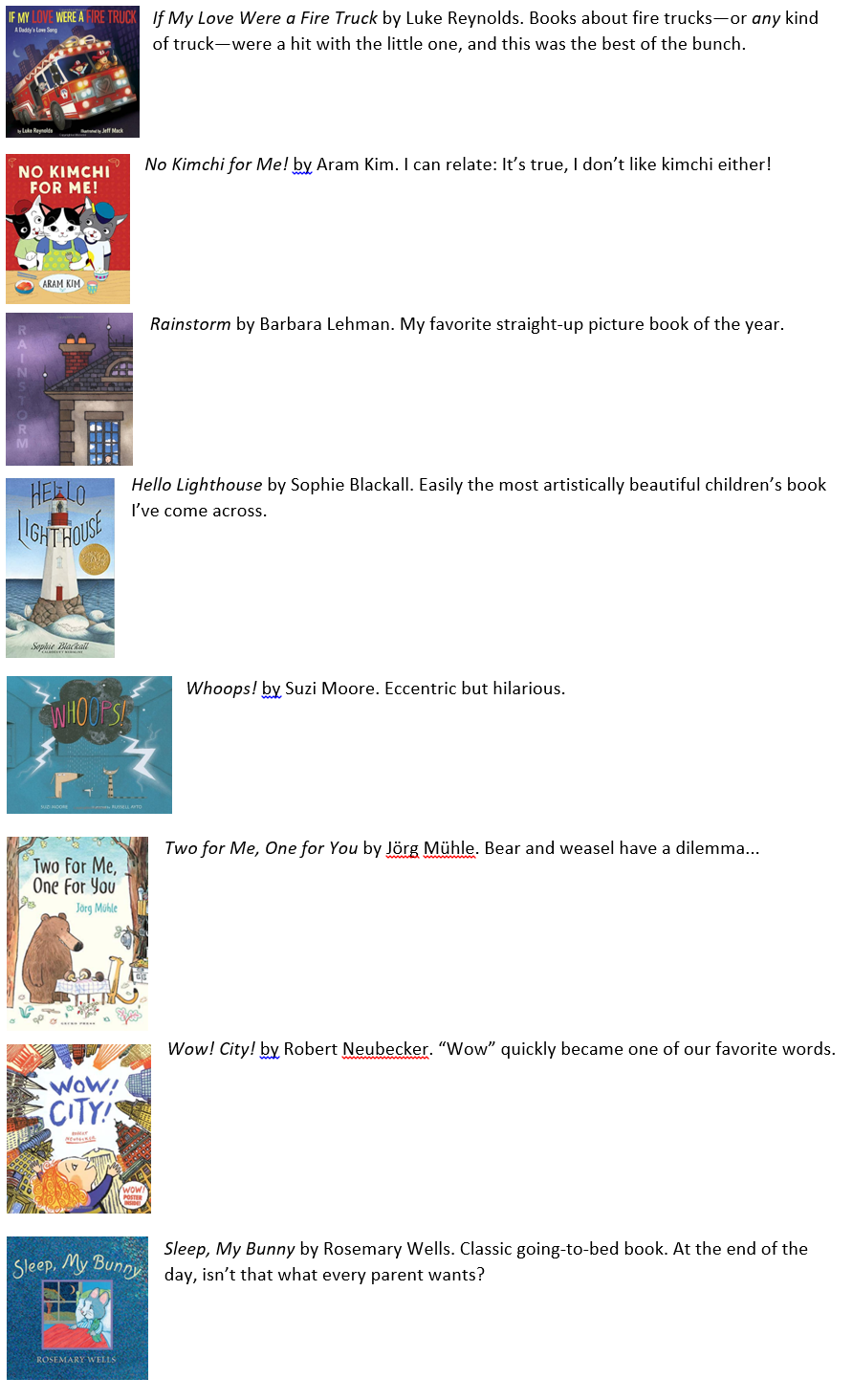Fordham Ohio’s blogging output this year was varied and prodigious. We value each and every one of our readers, whether you find our pieces by following us on Twitter, regularly checking out Ohio Gadfly Daily, or subscribing to our biweekly email newsletter. (But honestly, if we like each other enough at this point, why not just take the plunge and commit to that free subscription?)
As the year ends, let’s take a look at which of our blogs most grabbed the attention of you, our readers.
First up are two vitally important guest blogs:
In February, Ohio State University professors Kogan and Lavertu were among the first to analyze data from the fall 2020 administration of third grade ELA state tests. The results showed huge negative impacts of the Covid pandemic on third graders’ reading achievement. “It is important to recognize,” wrote Kogan and Lavertu, “that school closure is not the only reason student achievement took a hit during the pandemic. In addition to the challenge of adjusting to new and unfamiliar modes of instruction, some children also had loved ones fall seriously ill or even die due to complications from the virus. Many families have also faced financial hardships as unemployment reached record levels.”
Seven months later, Kogan and Lavertu published a sophisticated analysis of spring testing data. Despite a return to in-person learning and learning recovery plans, beefed-up summer school offerings and tutoring, and expanded Wi-Fi access in areas across the state, schools across Ohio still saw steep learning declines among their students.
The researchers pinned much of the negative effects on remote teaching and argued for as much in-person education as common sense safety measures would allow. “But more than simply prioritizing in-person instruction,” they concluded once again, “we must ensure that students, especially those who have suffered the most learning loss, are getting the supports that they need to get back on track.”
*****
In between those two guest pieces was the crunch time of the biennial budget debate in Ohio. Two of our budget analyses captured your attention:
In early June, the Ohio Senate unveiled the education priorities it wished to include in the budget, and they centered strongly on school choice. Some of the initiatives were tweaks of existing programs, such as boosting voucher amounts for thousands of students and providing full funding for Ohio’s quality charter school program.
However, it may have been the new proposals that drew readers’ attention. These included the creation of an ESA program to support afterschool learning, offering tax relief to homeschooling families, and more.
And what education-related changes made the final cut? That was the topic of this, our most-read post published in 2021. The analysis was among the first to dig into the version of HB 110 signed into law by Governor DeWine. It covered charter school and voucher program provisions, tax-related items, and a number of important accountability changes. But the big noise around the Statehouse in 2021 was the school funding formula, and this piece offered a recap of how that debate panned out.
*****
But before all the budget madness, two other issues garnered strong readership early in the year:
At the end of December 2020, the federal government approved a second round of Covid-relief funding, a significant amount of it aimed at helping hard-hit schools across the country. As the new year dawned, the question of how Ohio might spend the nearly $2 billion in Elementary and Secondary School Emergency Relief Fund (ESSER II) dollars loomed large. (A third—and even larger—federal relief package for K–12 education would pass in March 2021.)
“Research and common sense suggest that in-person expanded learning time and high-dosage tutoring would probably give students the best chance of catching up,” Aaron wrote. These, he said, “make sense, given the temporary nature of these funds and the hopefully short-term need for remediation.” However, he warned that districts should be wary of “more permanent expenditures such as across-the-board pay raises or hiring additional full-time staff, which could be difficult to sustain when the emergency dollars dry up.” Nearly a year later, we’re still left wondering how exactly schools are spending these funds and whether they’re being used wisely.
Flying in the face of vocal state and national support for testing, several Ohio lawmakers filed bills in late January to cancel the spring administration of state tests. They cited four main objections, to which we responded point by point.
“To ensure that decisions aren’t being made based on false assumptions,” Aaron Churchill concluded, “we need data about where each student stands against state academic standards.” With accountability waived and students safely returning to school, there was no good reason to cancel exams for another year. Ohio needed to begin its return to normalcy as soon as possible, starting with “solid baseline information about student achievement in the midst of much turmoil.”
Gladly, the tests were not cancelled. And unlike in many other states, Ohio’s schools tested almost as many students as usual, quite an accomplishment in the midst of a pandemic.
*****
HONORABLE MENTION
Of course, the calendar is no deterrent for our dedicated readers. Certain blogs from the past keep racking up big readership for years. Thank you, all. We truly appreciate it. Thus it is that the most-read Fordham Ohio blog in all of 2021 actually comes from November of 2020.
It stands to reason that a piece written shortly after the presidential election didn’t find its full audience until after that elected leader actually took office in January. And the various possibilities for student loan forgiveness floated during the campaign made many people sit up and take notice. While nothing concrete has yet come to pass in regard to the plans described, there’s still a lot of interest in loan forgiveness. If things begin to happen, we can expect this piece to continue to garner attention into 2022.
*****
We will be back on the beat in January, and we look forward to covering the education issues and events that matter to Ohio throughout the next year.





